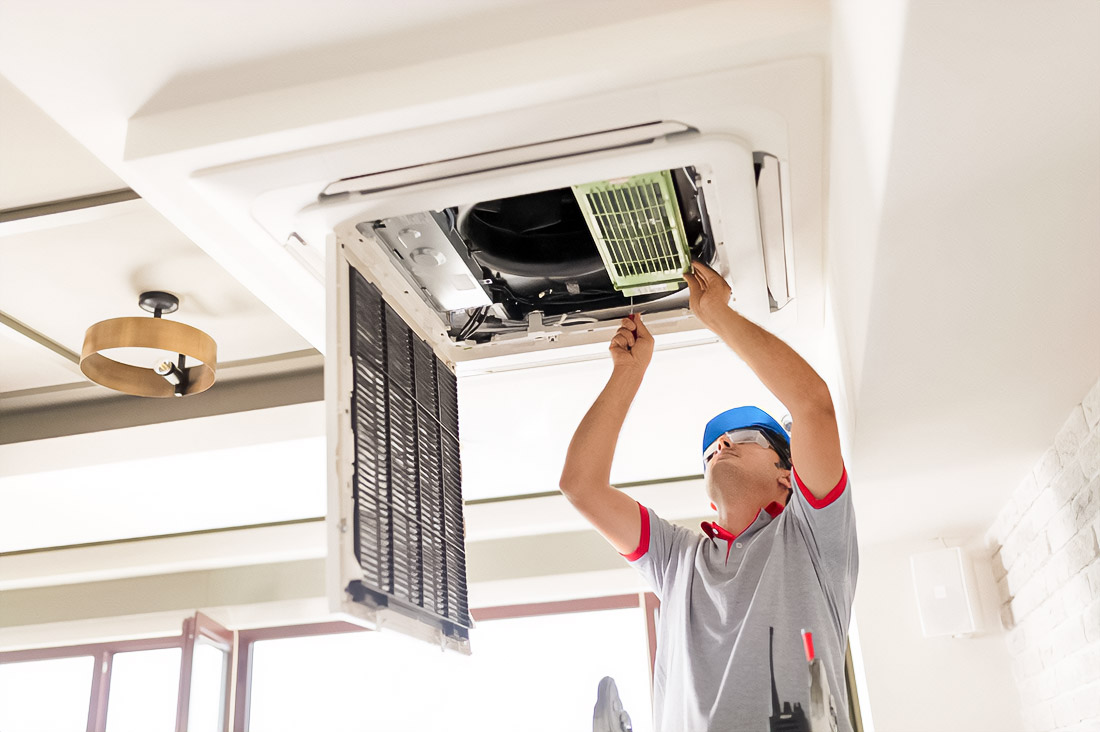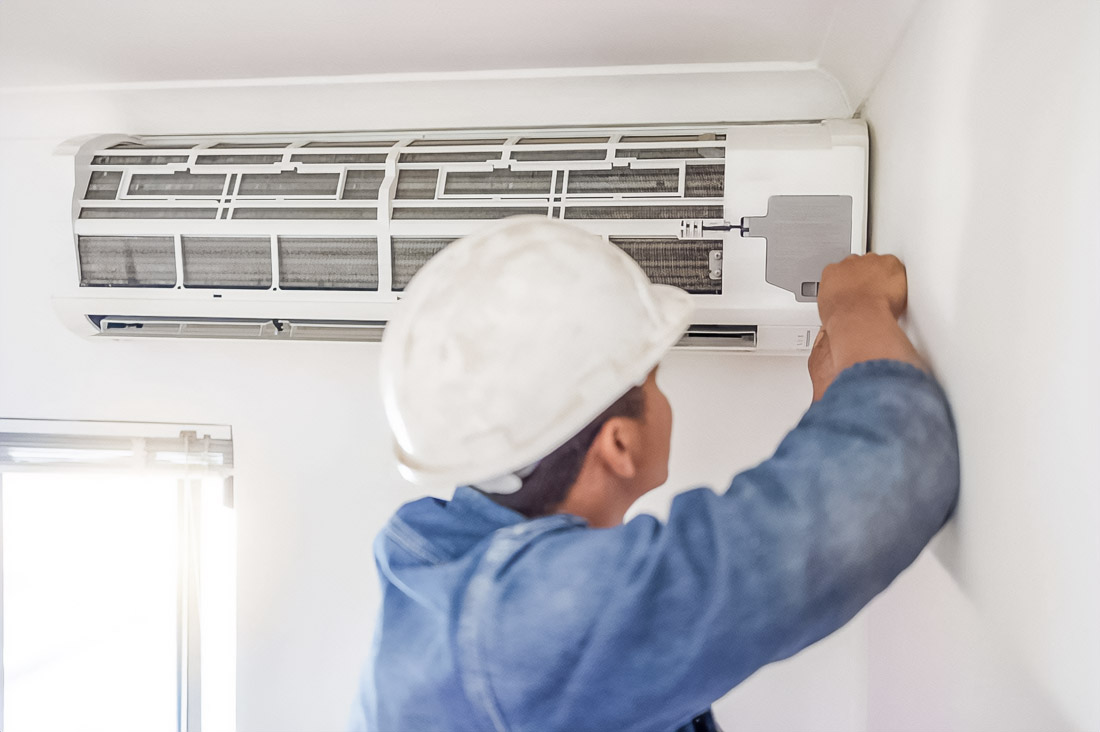The importance of regular maintenance of HVAC systems is difficult to overestimate. To maintain their efficiency and longevity, it is necessary to pay attention to such aspects as cleaning of evaporative coils and the correct use of acid solutions. If you are looking for professional help, pay attention to AC maintenance service.
Mysteries of evaporative coils: Why is their cleaning so important?

Evaporative coils play the most important role in systems of conditioning and heating. They provide effective heat exchange, promoting maintaining the optimal temperature inside the premises. Here are some key points:
- Evaporative coils can accumulate dust, dirt, and biological contaminants. Studies have shown that the impact of dust can reduce efficiency by 20%.
- Regular cleaning allows to reduce expenses on energy consumption by up to 15%.
- Untimely cleaning can lead to the breakdown of equipment, which is expensive. The average cost of repair and avoidable breakdown of the system is 30% of replacement.
Effective methods: Advantages and challenges of acid cleaning of coils
The application of acid solutions has become a popular practice for deep cleaning coils. Consider in detail all aspects:
- Acids excellently dissolve mineral and organic deposits, which increases heat transfer of the system by 25%.
- Incorrect use of acids can damage metal and insulation, reducing the lifespan of the system by 10%.
- About 2% of accidents in HVAC systems happen due to corrosion because of incorrect use of acids.
Your guide: Step by step to safe acid cleaning
- Preparation of workplace:
- Stock up on protective glasses, gloves, and acid-resistant containers. Mistakes in preparation can lead to an increase in repair time by 50%.
- Follow instructions of the manufacturer for preparation of the solution.
- Disconnection of system:
- Completely de-energize system HVAC. Even short-term omission of this step can increase the risk of damages by 40%.
- Protection and insulation:
- Use protective means. Remember: 8 out of 10 accidents could have been avoided with proper protective equipment.
- Application of solution:
- With a sprayer, apply the solution, avoiding contact with other components. Incorrect application can reduce efficiency by 15%.
- Soaking and rinsing:
- Let solution act. Rinsing reduces the probability of corrosion by 20%.
- Neutralization:
- Use neutralizer for elimination of residual acid.
- Inspection and assembly:
- Check coils for damages and assemble the system. Correction of mistakes reduces the risk of subsequent breakdowns by 30%.
Safety first: How to avoid risks when working with acids
When working with acids, it is important to observe all safety measures:
- Individual protective means — your first barrier against possible injuries. Statistics show that 98% of injuries are related to a lack of adequate equipment.
- Work in ventilated places and avoid contact of solution with skin. 70% of respiratory problems are related to inhalation of acid vapors.
- In emergency cases, rinse the affected area with water and immediately seek medical help.
How often and when?: Recommendations for frequency of cleaning
The cleanliness of evaporative coils depends on the environment in which they are operated. The following recommendations can be useful:
- In standard conditions, conduct cleaning no less than once a year. The efficiency of the system increases up to 15% with annual cleaning.
- In conditions of high dustiness or humidity, the frequency of cleaning should be doubled.
- Reduction of cooling capacity and increase of energy consumption — sure signs that cleaning is already necessary.
Cases from practice: Successful examples and possible problems
The process of acid cleaning has already achieved impressive results:
- In one case, after cleaning in an office building, energy consumption decreased by 15%, and the quality of air improved.
- However, incorrect procedures of cleaning can lead to damage of components and chemical burns of personnel.
- Observance of all recommendations reduces the probability of such incidents by 95%.

Skydiver, mother of 2, fender owner, Vignelli fan and multidisciplinary designer. Acting at the sweet spot between modernism and purpose to craft meaningful ideas that endure. Let’s chat.
